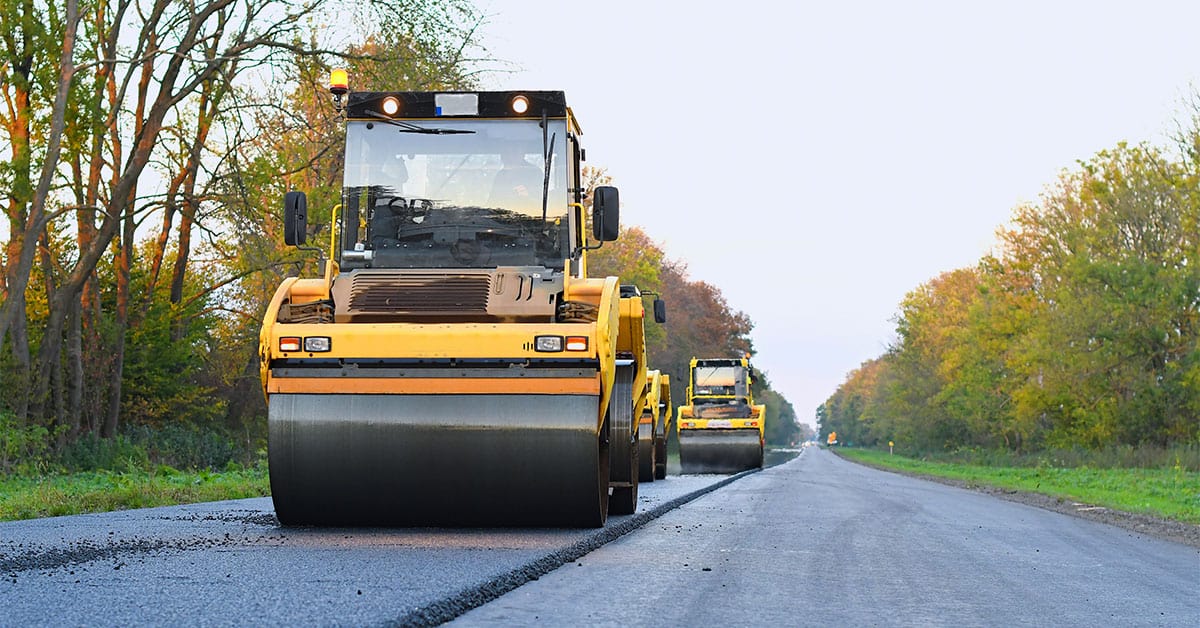;
;
;
Next Article
The evolution of the ice-fishing sled

As the townships prepare their 2022 budgets, they’ve got more provincial money to dedicate to infrastructure projects. Some $3.8 million in Wellesley, Wilmot and Woolwich, to be precise. The money from the Ontario Community Infrastructure Fund (OCIF) is part of an additional $1 billion the provincia
Last updated on May 03, 23
Posted on Dec 30, 21
2 min read
